Hezbollah Strikes Key Israeli Radar of Iron Dome with Iranian Almas Missile
Follow Army Recognition on Google News at this link
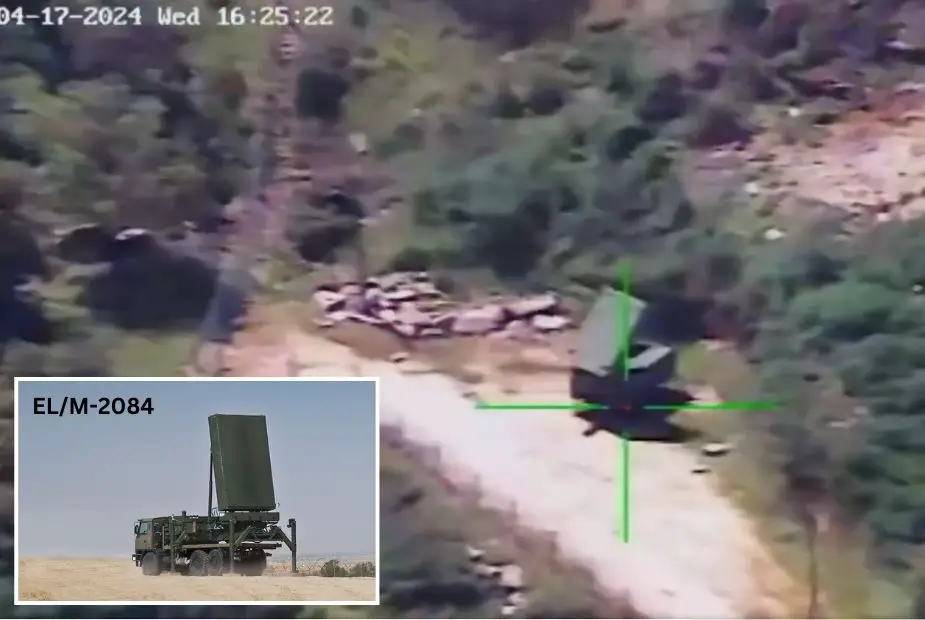
An extract from the video published by Hezbollah showing the Israeli radar just before impact (Picture source: Israel Aerospace Industries/Hezbollah)
- The radar provides high-resolution detection and tracking of both aerial and surface targets, managing multiple threats simultaneously, making it effective in dense threat environments.
- It operates on the S-band frequency, ensuring robust performance under adverse weather conditions and clutter.
- The radar has also been exported to various countries, including India and Azerbaijan, showcasing its global relevance and effectiveness.
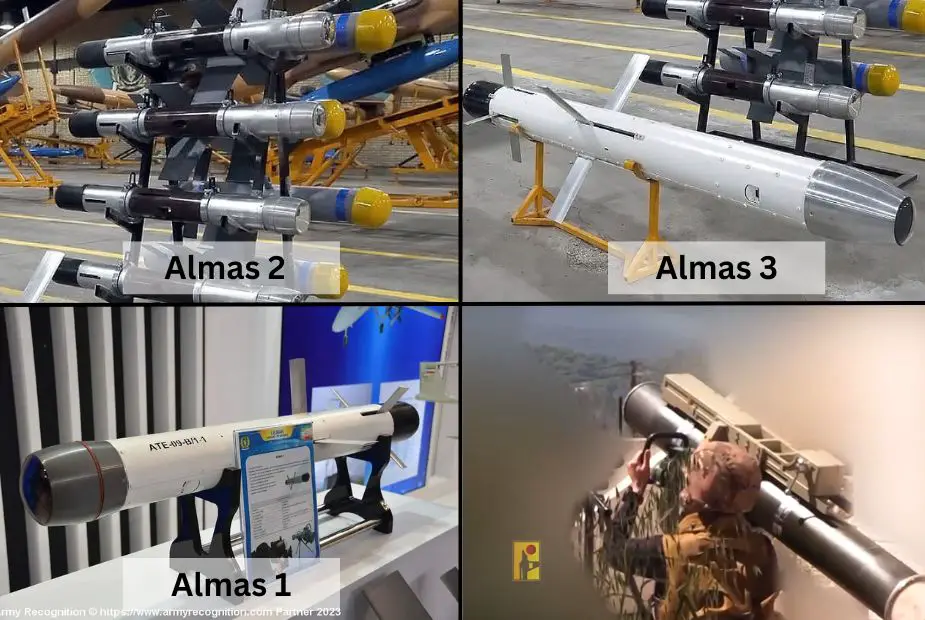
The different models of the Iranian Almas missile and an extract from the video published by Hezbollah showing ATGM launching the missile (Picture source: ArmyRecognition/ Hezbollah)
The Almas missile, produced by the Iranian Ministry of Defense, is a short-range anti-armor and anti-personnel "fire-and-forget" weapon, known as the Iranian version of the Israeli Spike missile.
- Influenced by the design of the Spike missile captured during the 2006 Israel-Hezbollah War, the Almas missiles feature tandem-charge high-explosive or thermobaric warheads and utilize image infrared homing (IIR) and electro-optical sensors for guidance.
The loss of an EL/M-2084 radar unit would significantly impact Israel, potentially weakening its multi-layered defense network. This incident not only underscores the vulnerabilities in advanced military technologies but also reflects the broader regional dynamics, including Iran's military support to Hezbollah. Iran and Hezbollah's relationship is characterized by substantial military and financial support, forming a part of Iran's strategy to expand its influence in the Middle East through proxy wars.
This support enables Hezbollah to maintain a sophisticated arsenal, enhancing its strategic leverage against Israel and other regional adversaries. The international community often criticizes these weapon transfers as they contribute to regional destabilization and heighten tensions in already conflict-ridden areas.
This proxy warfare dynamic emphasizes Iran's use of Hezbollah as a key tool in its regional hegemony ambitions, making the group not only a military power but also a significant political player in Lebanon and across the region.
Defense News April 2024

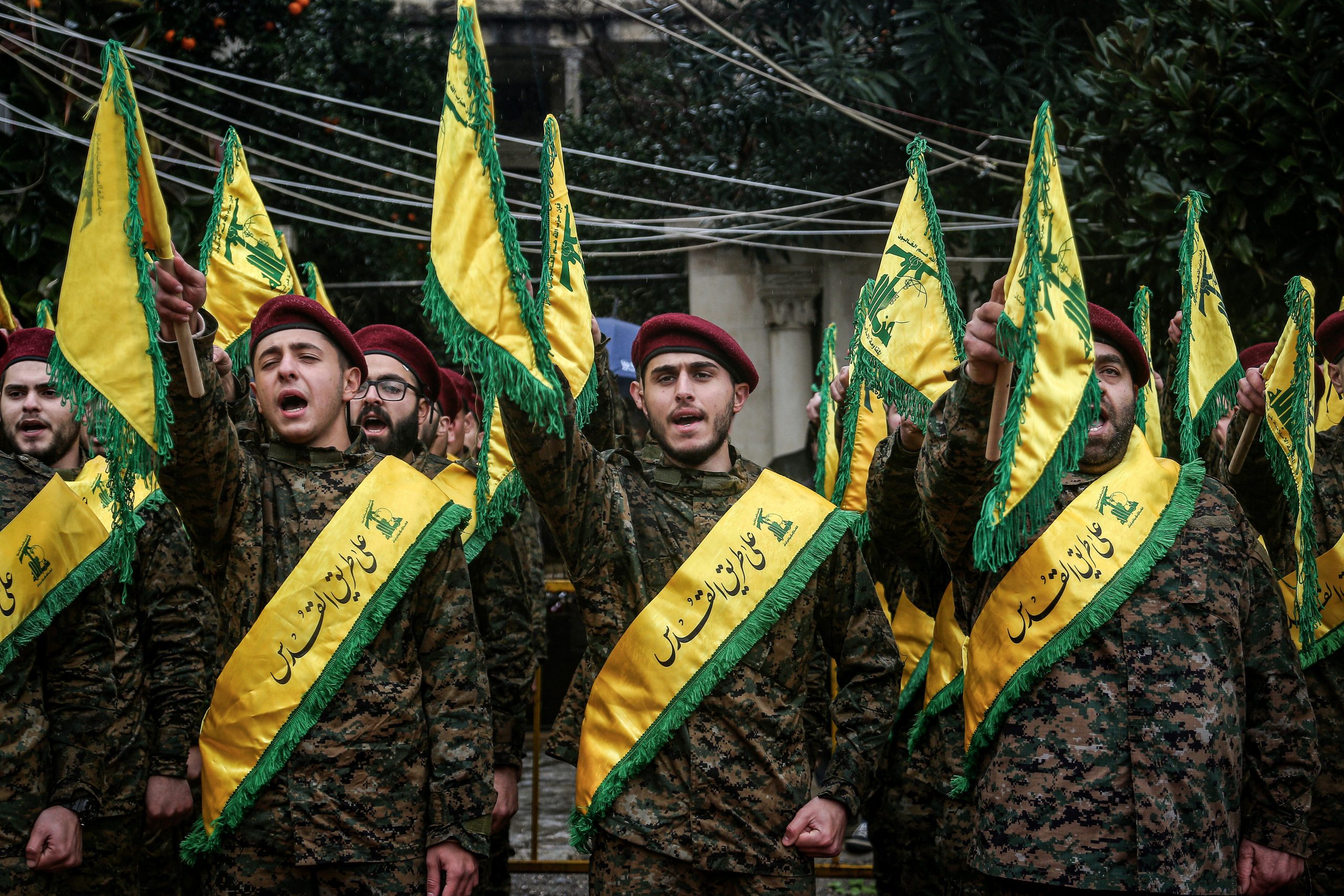
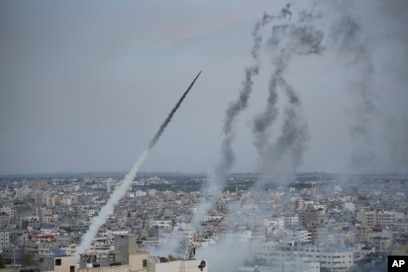
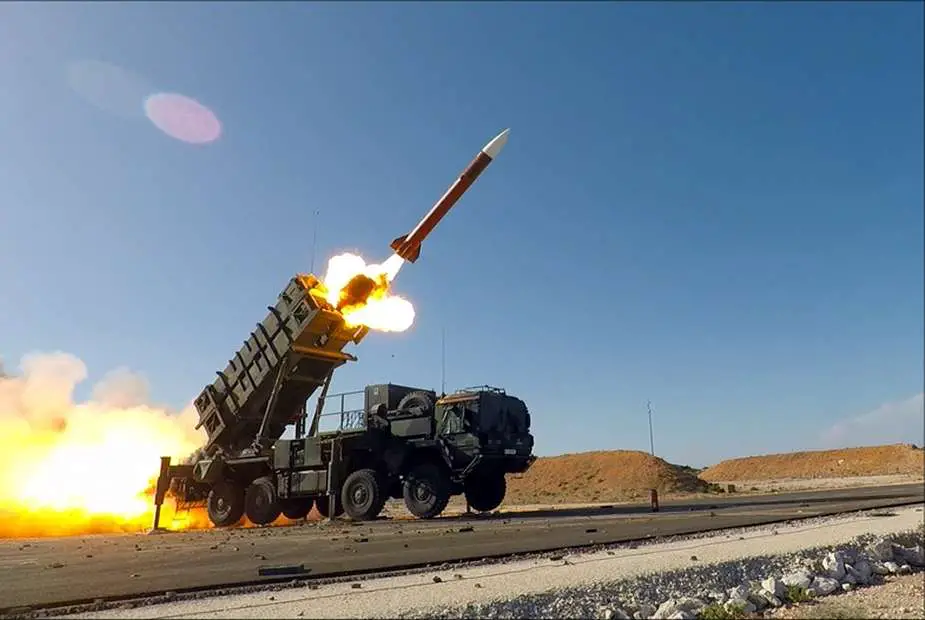
.gif)


No comments:
Post a Comment